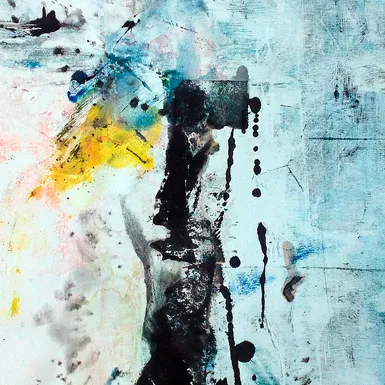
Barbara Burgess Maier, Endicott College Professor Emerita, taught over twenty different studio courses at the college and authored others that crossed traditional discipline boundaries and media. Recipient of the Award for Excellence in Teaching, she sustained her commitment to inspire students toward an openness and curiosity that would continue to fuel their passion for art and living. This same personal mandate propels her own work and working process.
Both publishing her work and lecturing on creativity and the impact of media & technology on the creative process, she presented numerous papers at The School of Visual Arts National Conference on Liberal Arts and the Education of Artists in NYC.
In addition to being held in private collections both the United States and abroad, her work has been shown at the corporate offices of Arthur D. Little and Raytheon, at Trinity Square Repertory Company in Providence, solo exhibitions in the galleries at Salem State University, Merrimack College, Rhode Island College, sabbatical exhibitions at Endicott College, as well as group exhibitions including Gallery Della-Piana, Kensington Stobart Gallery, The Tang Museum in Saratoga Springs, NY, and the Cecelia Joyce & Seward Johnson Gallery on Nantucket.
Her undergraduate and graduate work allowed her to explore a range of media from clay to steel, oil to water based media, woodcuts, etching, lithography and monotype. This creative toolbox informs her work and her working process. Always able to choose the medium and material that aligns with the image-making she pursues. Her visual background and teaching priority includes the ability to draw representationally from life and curiosity about varied and unfamiliar things, believing that visual discipline allows one the freedom to work abstractly by choice, not necessity, and that openness to new ideas, disciplines, and cultures enriches one’s sensibilities.
Whether inspired by the roar of a nor’easter, the scent of a spring morning, an emerging shadow in the fog, or the state of our dis-Union, she seeks to transform her experiences into visual metaphors that allow for meaningful reflection.
Her art offers the viewer their own visual journey. Rather than trapping a particular scene or subject in time, she seeks to set it free. Not unlike a poet as they fit words together in revelatory or explosive ways, she seeks to fit her marks, strokes, shapes, values, and colors in ways that allows meaning to transcend specific definition.